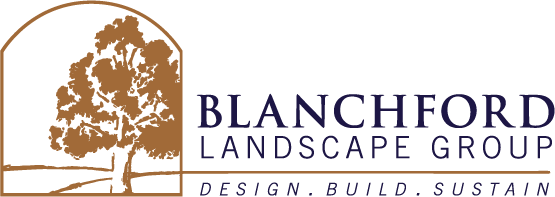Flower bed mulch can do absolute wonders for the plant beds on your Bozeman or Big Sky, MT property. While the inclination is to think of mulch in terms of its aesthetics (and there’s no question a fresh coat of mulch really does look great), it’s so much more than that to the plants in your landscape.
Using the best mulch for flower beds in Montana can mean a number of benefits to your plants. High-quality mulch will help retain moisture, suppress weeds, act as an insulator, and even add nutrients back into the soil.
While how to mulch flower beds might seem relatively cut-and-dry to you, the truth is there are some important do’s and don’ts that you should be following. We’ve rounded up a list of our best mulching tips with the do’s and don’ts you should know.
Mulching Tips
People are often surprised to learn that there are right and wrong ways to mulch. They often assume it’s one of those tasks where there really is no “wrong way” to do it. But that’s not the case. While minor mulching mistakes won’t be detrimental, if you truly want to get the most benefits out of mulching a flower bed, it makes sense to follow these mulching tips.
1. Do: Be Sure to Mulch the Proper Amount
Our recommendation is around three inches of mulch in a flower bed. You need enough of a layer that it’s going to give you the benefits we talked about in the introduction to this article (like water retention and insulation).
2. Don’t: Over Mulch (or Under Mulch, either)
The flipside to applying the proper amount of flower bed mulch would be mulching too much or too little. Both are possible, though we find people are more likely to over mulch than under mulch.
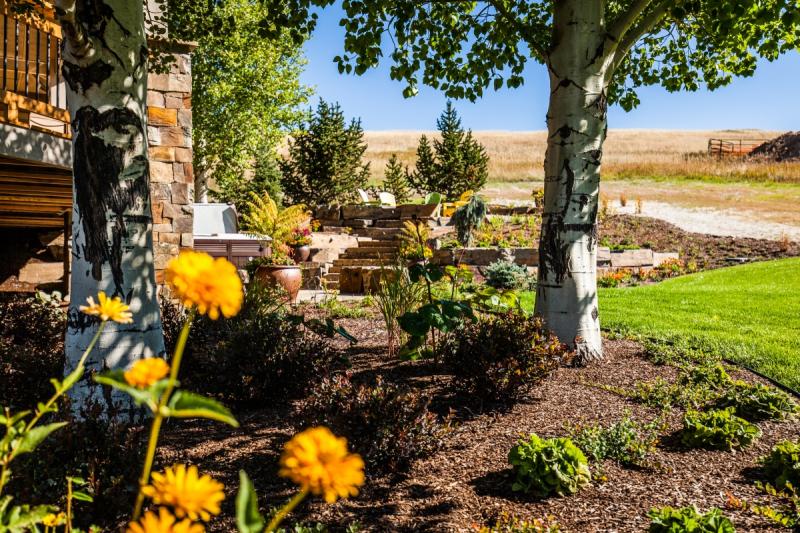
The problem with applying too much mulch is that it can become waterlogged. You end up with really soggy, mounded-up mulch that could start harboring fungus and transferring disease to the plants.
The problem is that people sometimes assume you can’t have too much mulch since it’s something that’s good for your plant beds. But you can have too much of a good thing. Mulch tends to really mound up if it’s not decomposing and fresh layers just keep getting piled on season after season.
Here are two things to remember:
- A refresh never has to be as much as the initial application of flower bed mulch. You might just need a refresher layer.
- The other thing to remember is that if you have old mulch, you can remove some if it’s really piling up and becoming soggy. If you find fungi growing in your mulch, it’s best to give it a good rake and break up the growth. This will help air get to the mulch and allow it to dry out.
Now, we’ve talked a lot about over mulching but as we said, under mulching is also a “don’t.” Anything too much less than the three inches we recommend is just not enough to give you the benefits you are seeking in the mulch.
3. Do: Use the Flower Bed Mulch to Cover Your Drip Irrigation
Another thing that we recommend as one of our mulching tips is to use the mulch to cover the tubing of your drip irrigation system. This is just an aesthetic factor but we think it makes a big difference. If you’ve invested in some really nice landscaping but you can see tubes running through it, we think it just takes away from the overall look. It looks more natural and appealing when you use a little bit of mulch to gently bury that.
4. Don’t: Bury Your Drip Irrigation in Flower Bed Mulch so Deep That You Can’t Find it
Of course, you still need to be able to find and access your drip irrigation so we’re not suggesting that you bury it too deep. You want to put just enough mulch down to cover it so that it doesn’t stick out like an eyesore.
5. Do: Use the Best Mulch for Flower Beds in Montana
If you want your mulch to do extra work for you such as naturally decomposing and adding nutrients back into the soil, then you have to be selective about what type of mulch you’re using. People tend to get caught up in the misconception that “mulch is mulch.”
But they can dramatically differ.
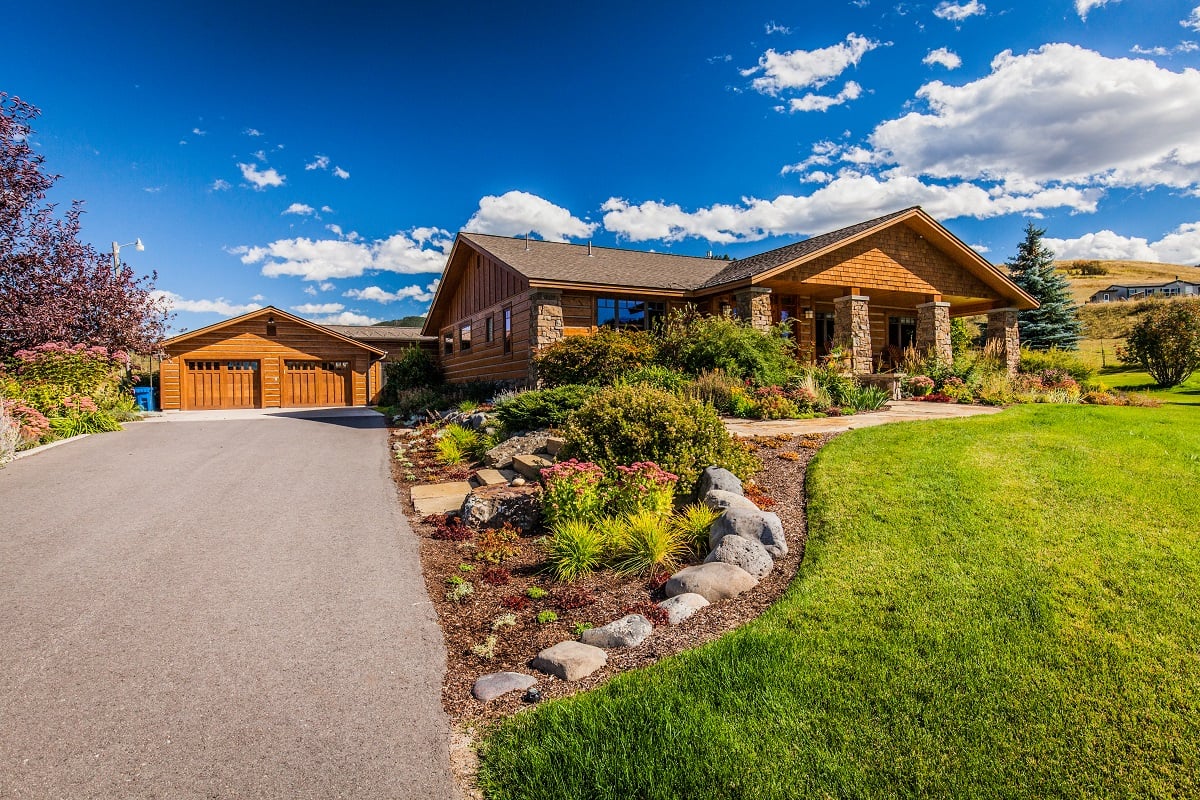
At Blanchford Landscape Group, we advise using soil pep mulch, which is a fine bark mulch with compost added in. Any organic bark mulch will eventually break down and start to add nutrients back into the soil. But with really large chips it can take a long time.
Plus, soil pep mulch has that added soil amendment to assist with the breakdown process, adding more microbial activity to your soil health. This all adds up to better results.
6. Don’t: Use Rocks if You Have a Lot of Plant Material
In terms of what makes the worst mulch, we’d say decorative rocks or gravel. Now, don’t get us wrong. This material is completely fine for areas where you don’t plan to grow a bunch of plants. But in terms of mulching a flower bed, you really want a mulch that is going to add something back into the soil nutrient-wise. Rock is obviously not going to do that.
Decorative rock can also really heat up the soil and that’s not great for plants’ delicate roots. We also find that rock doesn’t do a very good job at suppressing weeds. It just doesn’t have the blanket coverage that mulch does. There are too many cracks and openings where weeds can pop through.
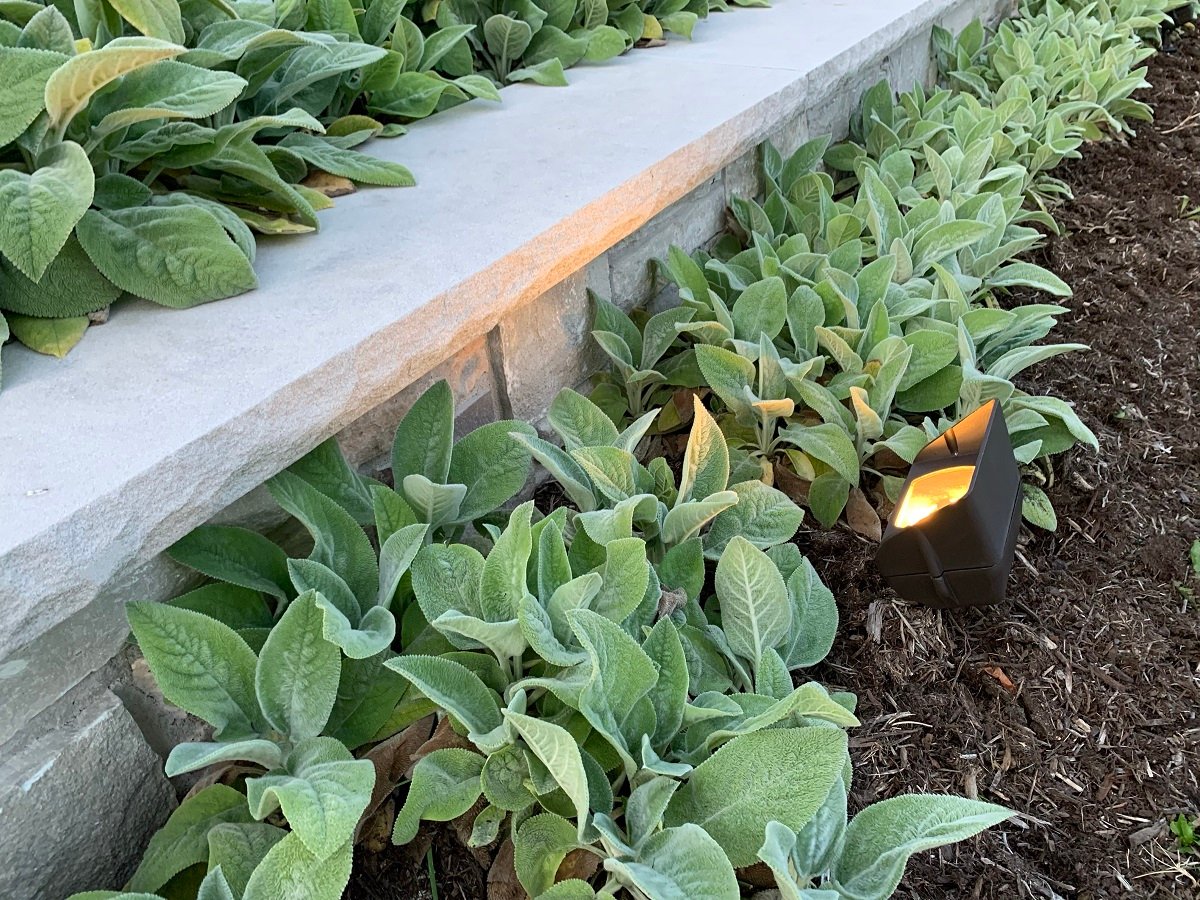
Decorative stone can work in areas where you aren’t growing plants or where you maybe just have some ornamental grasses, which don’t need too much care.
Of course, you also want to avoid a subpar, low-quality mulch. As we said above, mulches are not created equally and the higher quality mulch you use, the better your results will be.
WATCH THIS VIDEO TO LEARN MORE ABOUT OUR GARDEN SERVICES
More Mulching Tips for Success
Hopefully these do’s and don’ts gave you some helpful tips that will help set you up for success with your mulching endeavors.
When to mulch is another common question that we receive. There is not necessarily a wrong time to mulch, particularly if you are doing it for aesthetic appeal. If you’re just adding a top layer to freshen up the look of your landscape you can really do that any time.
However, if you were just to pick one season, we’d probably recommend spring when you have new growth blooming (and maybe you’ve even done some new plant installations). In the fall, plants are close to going into dormancy.
Of course, there are still some benefits to mulching in the fall, particularly if you have a lot of fall color in your beds. Mulch will insulate those plant roots from the cold weather and also help prevent the wind from evaporating moisture.
Working with a Professional for Mulching a Flower Bed and Other Maintenance Tasks
After reading this you might be feeling like mulching is a bit more involved than you thought. But you do not have to perform this task yourself. Instead, you can leave it in the hands of a pro who can make sure that it’s completed exactly as it’s meant to be so that you get the best results.
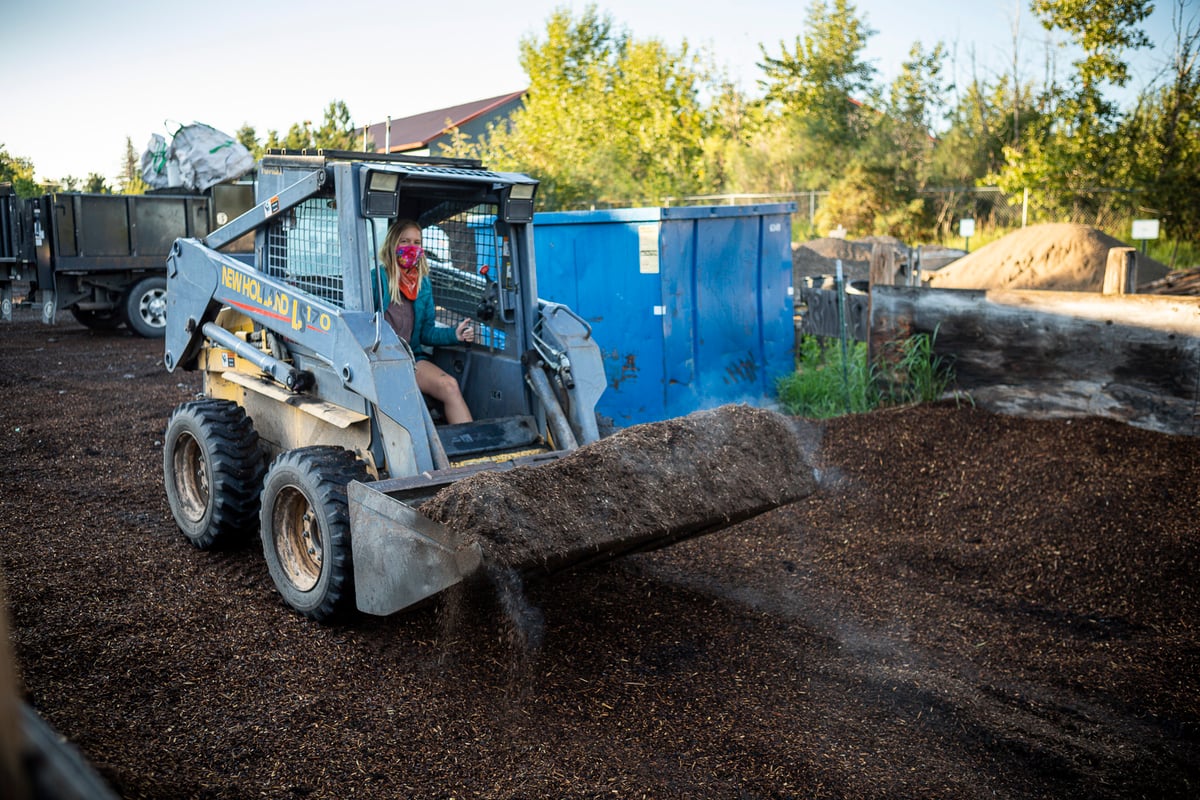
At the end of the day, mulching is just one of multiple landscaping tasks that you need completed on your property. Whether you’re looking for fall cleanup and winterization services or you want to get your landscape off to the best start in the spring, you can lean on a landscaping pro for help.
As simple as landscaping tasks like mulching might sound, we also understand that you’re busy and have better things to do with your free weekends than spending it in the yard doing landscaping cleanup or mulching. That’s why you might be thinking about handing these tasks over to a landscape maintenance professional who can handle them for you.
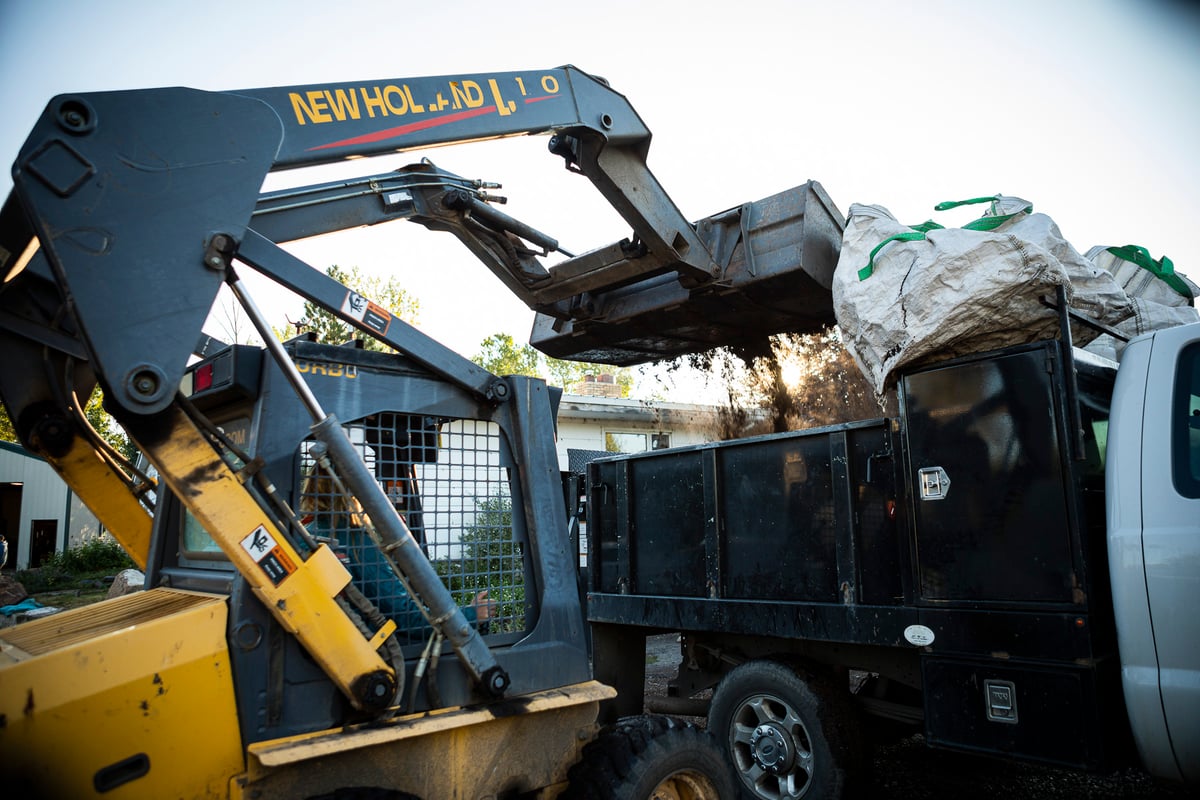
At Blanchford Landscape Group, our “landscape maintenance services” are part of our Garden Services division. We treat Garden Services like property management, knowing that our clients hire us to take away their worries.
Where it’s for mulching a flower bed, or some other task, we can give your property the attention that it deserves so that it continues to look and perform its best all year long.
Are you ready to learn more about garden services (landscape maintenance) at your Bozeman or Big Sky, MT home? Let’s connect and talk about your needs. Then we can meet and review a detailed plan of action. With everything being handled for you, you’ll be able to relax and enjoy your landscape.
